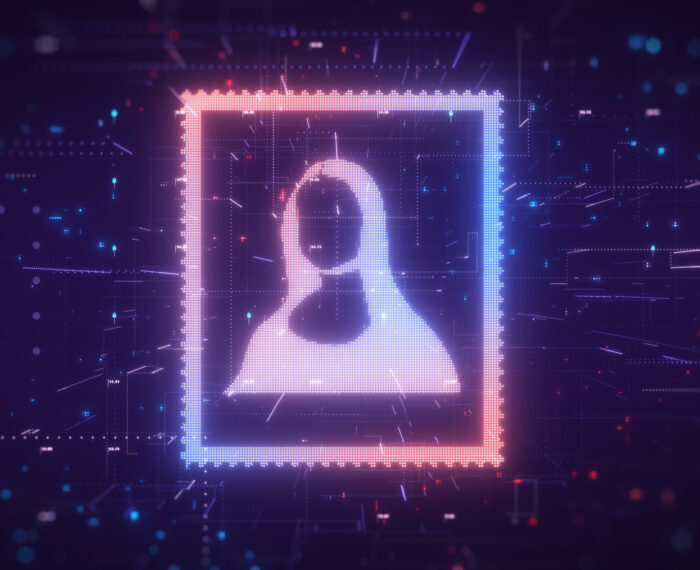Have you ever wondered how our world will change in the future? What will it be like in 10 years, or even 100 years? Throughout history, there have been inventions that have completely transformed our lives, like the light bulb. These revolutionary moments have had a profound impact on humanity. But in a time of incredible technological progress, what could possibly have an even greater impact? What about the Metaverse?
Metaverse, a futuristic concept that promises to revolutionize the way we interact with digital environments. Imagine a network of interconnected virtual worlds where people from all walks of life can come together, interact, and engage with digital objects, all while representing themselves through personalized avatars. In this article, we’ll delve into the exciting world of the metaverse, demystifying its definition and exploring the myriad ways in which non-fungible tokens (NFTs) are shaping this immersive digital landscape.
Defining the Metaverse:
The metaverse can be likened to a constellation of always-on virtual environments, seamlessly interconnected to form a vast network. It goes beyond the boundaries of traditional websites and applications, offering immersive 3D universes that blend elements of video games, social networks, collaborative spaces, marketplaces, and e-commerce. It encompasses a variety of experiences, applications, devices, and infrastructures, creating a rich and dynamic digital ecosystem.
The Birth of the Metaverse:
The concept of the metaverse has its roots in science fiction, with authors like Neal Stephenson popularizing the idea in his novel "Snow Crash" in the early 1990s. It envisioned a virtual reality-based universe where people could explore, interact, and build communities. Since then, visionary thinkers and technology enthusiasts have been inspired to bring this concept to life.
Technological Advancements:
Advancements in technology have played a pivotal role in the development of the metaverse. The rise of powerful computing devices, high-speed internet connections, and virtual reality (VR) technologies has paved the way for immersive digital experiences. These technological leaps have set the stage for the emergence of interconnected virtual worlds that form the metaverse.
Virtual Worlds and Social Networks:
The advent of online multiplayer games and virtual worlds like Second Life in the early 2000s provided glimpses of what the metaverse could become. These virtual environments allowed people to create avatars, interact with others, and even build their own virtual creations. Concurrently, the rise of social networks like Facebook and Twitter fostered online communities, further blurring the lines between the digital and physical worlds.
Blockchain and NFTs:
The integration of blockchain technology into the metaverse has been a game-changer. Blockchain’s decentralized and transparent nature provides a secure foundation for storing and trading digital assets. NFTs, built on blockchain, have introduced a new dimension to the metaverse by enabling unique ownership and verifiable scarcity of digital items. This breakthrough has unlocked new possibilities for creators, artists, and users within the metaverse.



